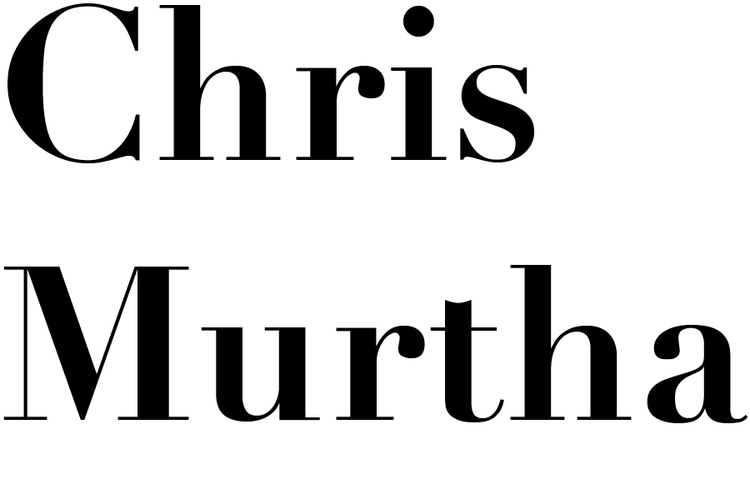For this exhibition, which is the first to focus solely on Ellsworth Kelly’s photographs, Matthew Marks Gallery compiled images that were taken over thirty years and printed shortly before the artist’s death this past December. Though Kelly did not use his photographs as direct sources for his paintings, they share a striking emphasis on geometric forms, from simple squares and triangles to skewed diamonds and rhomboids. These images are revelatory not only because we are unfamiliar with Kelly’s extraordinary work in this medium, but they also provide a context for and a contrast to his colorful abstract paintings.
Kelly spent the last forty-five years of his life in rural Upstate New York and the images in this show are a reminder that even though the hard-edged minimalism of his works can seem urban or industrial, he more frequently found inspiration in the pastoral. Two early photographs from 1950—one of curling tendril-like pine branches, the other of re-bar and concrete—call to mind his elegant contour drawings of plants and flowers. These images are outliers though; overwhelmingly, Kelly’s photographs are preoccupied with how mass and volume can be suggested by light and shadow.
Potato Barn, Southampton, 1968, Gelatin silver print, 8 1/2 x 13 inches; Above: Doorway, Belle-Île-en-Mer, 1977, Gelatin silver print, 12 7/8 x 8 1/2 inches. (Photos: Chris Murtha)
Kelly was especially attracted to the simple architecture of barns and the shadows cast by their gabled roofs and large doorways. In Barns, Long Island (1968), one barn abuts another perpendicularly, creating an intricate stacking of linear structures, but the eye is drawn to the starkly white fragment of sky created by the roof’s peak. Often, these negative spaces and shadow forms act as referents for Kelly’s canvases, as in Movie Screen, Waterbury (1982), in which a drive-in screen creates a diamond-shaped white void against the backdrop of dense foliage, or the jewel-like shadow in Doorway Shadow, Spencertown (1977).
With these black-and-white photographs, Kelly—an artist so famous for his use of color—was able to visually compress and distill the three-dimensional world into a flattened space, emphasizing the forms he spent his career examining. When taken collectively—especially as viewed on the gallery’s website (as seen below)—the photographs read as an index of Kelly’s visual vocabulary. Perhaps more importantly, they provide a context for his abstractions, one that is based squarely in his lived experiences.
Screen capture showing thumbnails of Ellsworth Kelly's photographs on Matthew Marks Gallery’s website, www.matthewmarks.com.
